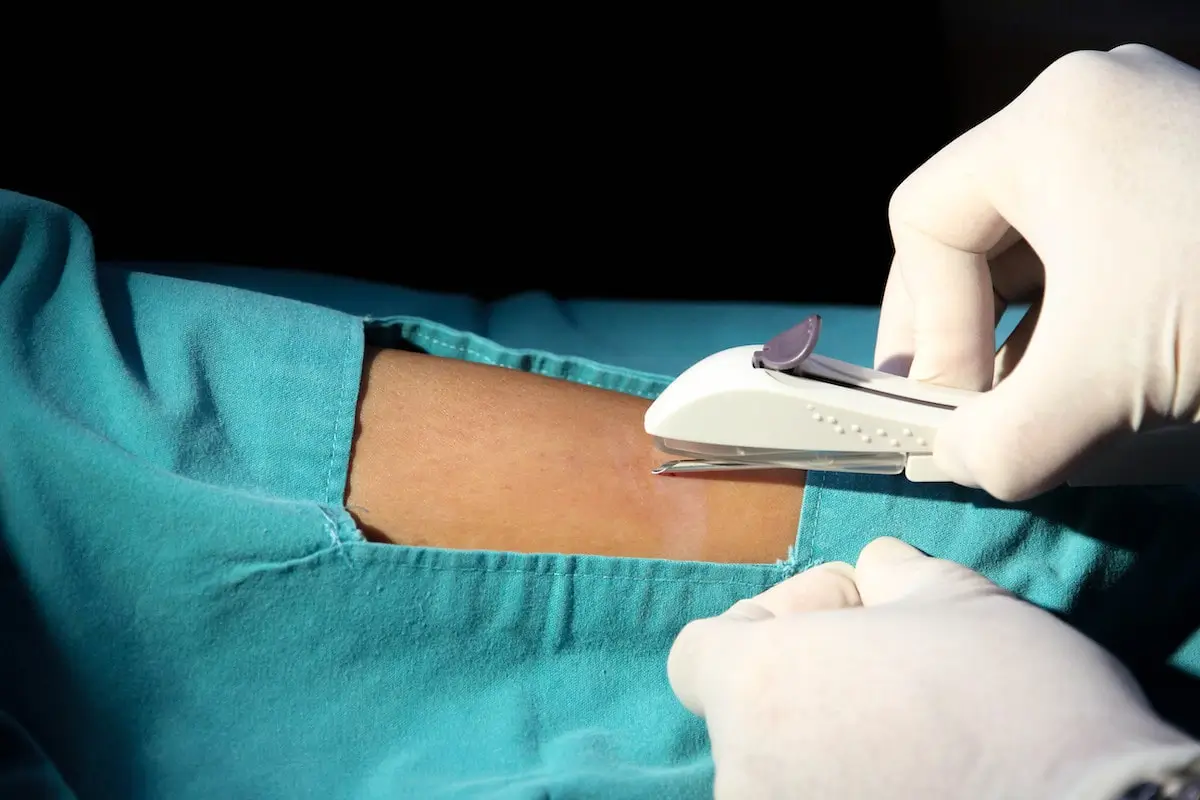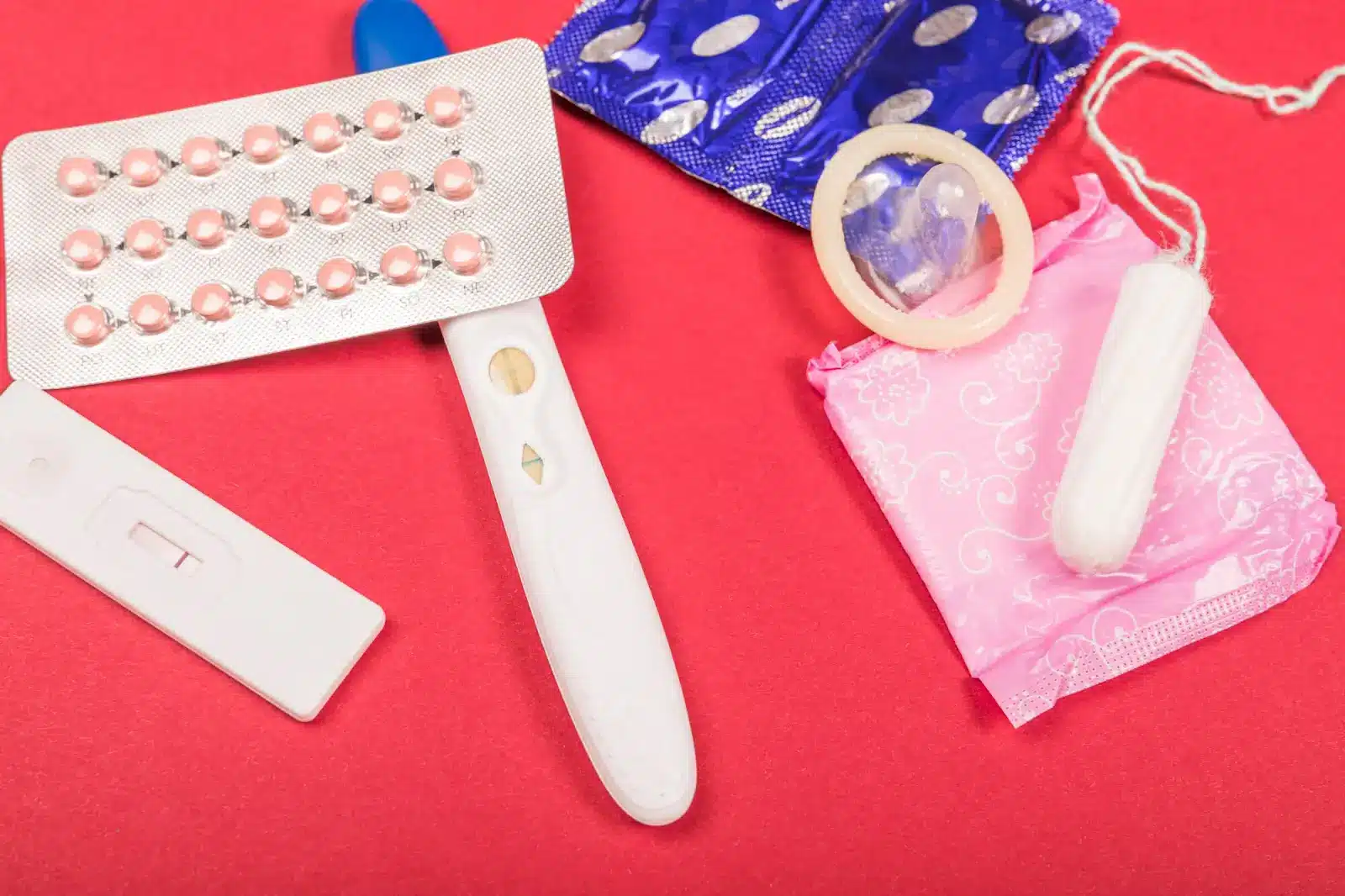
Nexplanon Reviews – Patient and Practitioner Experiences with the Birth Control Implant
Nexplanon
2025-02-23
Explore comprehensive reviews of Nexplanon from both patients and practitioners. Learn about real-life experiences, satisfaction levels, and insights into the effectiveness and side effects of this birth control implant.
Joanna Carr
Birth control implants are among the most effective long-term contraceptive options, with a failure rate of less than 1%. These small, flexible rods are placed under the skin and continuously release progestin, a hormone that prevents pregnancy by stopping ovulation, thickening cervical mucus, and thinning the uterine lining. With up to three years of protection, they offer a low-maintenance alternative to daily pills or frequent doctor visits.
Nexplanon, one of the most widely used birth control implants, is praised for its convenience and reliability. However, user experiences vary—while many find it a hassle-free solution, others report concerns about side effects, insertion discomfort, or removal difficulties. Real-world insights from both patients and healthcare providers can offer a clearer picture of what to expect.
In this article, we’ll take a closer look at Nexplanon reviews, exploring its benefits, potential drawbacks, and overall patient satisfaction to help individuals make an informed decision about whether it’s the right contraceptive choice for them.
Key Takeaways
- Nexplanon is over 99% effective, offering long-term contraception without the risk of missed doses.
- Once inserted, it requires no daily upkeep, making it a convenient, low-maintenance option.
- It provides up to three years of protection, with some studies suggesting effectiveness for up to five years.
- Common side effects include irregular bleeding, mood changes, and weight fluctuations, though experiences vary.
- Insertion and removal are quick procedures, typically performed under local anesthesia.
- Compared to oral contraceptives and IUDs, Nexplanon offers a balance of convenience and effectiveness, making it a preferred choice for many users.
About: Doctor Medica is your trusted supplier of top-quality dermal fillers, viscosupplements, and more for your medical practice. We offer genuine products from leading brands at the lowest prices. If you’re interested in ordering Nexplanon online for your practice, our sales agents at Doctor Medica can help.
Patient-Reported Benefits of Nexplanon
Many users appreciate Nexplanon for its reliability and ease of use. Below are some of its most commonly reported benefits:
- High Efficacy: With over 99% effectiveness, Nexplanon is one of the most reliable contraceptive options available. Unlike birth control pills, which require daily adherence, Nexplanon provides continuous pregnancy prevention without user intervention, eliminating the risk of missed doses. If you’re wondering, “how effective is Nexplanon?“, clinical studies confirm its high success rate, making it a trusted choice for long-term contraception.
- Convenience: Often described as a “set it and forget it” method, Nexplanon requires no daily maintenance, prescription refills, or frequent doctor visits once inserted. This makes it an excellent option for those with busy schedules or difficulty adhering to a daily medication routine.
- Long-Term Protection: Nexplanon provides up to three years of continuous contraception, reducing the need for frequent birth control decisions. Some studies suggest it may remain effective for up to five years, though the official recommendation remains three years for optimal reliability.
Common Patient Concerns

While Nexplanon is highly effective, some users report side effects that may impact their experience:
- Irregular Bleeding: One of the most frequently mentioned concerns in Nexplanon reviews is changes in menstrual cycles. Some users experience prolonged, unpredictable, or frequent spotting, while others report lighter or absent periods. While irregular bleeding is not harmful, it can be an inconvenience for some.
- Mood Changes: A subset of users report mood swings, anxiety, or depression while on Nexplanon. Although research has not definitively linked the implant to mood disorders, hormonal fluctuations may affect mental well-being. Those with a history of depression should discuss their options with a healthcare provider before choosing Nexplanon.
- Weight Fluctuations: Some individuals report weight gain while using Nexplanon, but studies provide mixed results on whether the implant directly influences weight changes. Factors such as lifestyle, metabolism, and hormonal response may contribute to variations among users.
Practitioner Insights on Nexplanon
Healthcare providers offer valuable insights into Nexplanon’s ease of use, functionality, and observed side effects. Their experiences help guide patients in making informed decisions about this long-term contraceptive option.
Clinicians generally find Nexplanon straightforward to insert and remove. The procedure takes only a few minutes under local anesthesia. Removal is typically quick, though in rare cases, implant migration may make extraction slightly more complex.
Since Nexplanon does not require daily or monthly upkeep, it eliminates user-dependent failures, ensuring high adherence. Unlike birth control pills, which rely on patient consistency, Nexplanon provides automatic and continuous protection for up to three years once inserted.
Practitioners frequently encounter patients reporting irregular bleeding, mood changes, and mild weight fluctuations. While these side effects are manageable for most users, clinicians emphasize the importance of counseling patients on potential changes before insertion.
Comparative Patient Satisfaction

When choosing a birth control method, it’s essential to consider convenience, effectiveness, and potential side effects. Nexplanon is often compared to oral contraceptives and IUDs, with users weighing the benefits and drawbacks of each option.
| Birth Control Method | Nexplanon | Oral Contraceptives | IUDs |
| Convenience | Low maintenance—no daily or monthly upkeep required. | Requires daily intake, increasing the risk of missed doses. | Long-lasting, but requires a medical procedure for insertion and removal. |
| Effectiveness | Over 99% effective for up to three years. | Typically 91% effective due to user error (missed pills). | Over 99% effective; lasts 5–10 years depending on the type. |
| Side Effects | Some users report irregular bleeding, mood changes, or mild weight fluctuations. | May cause nausea, mood swings, or breakthrough bleeding. | Can cause cramping, spotting, or discomfort after insertion. |
| Flexibility | Once inserted, it remains effective until removal. | Can be stopped at any time if side effects occur. | Can be removed at any time, but requires a medical procedure. |
| Invasiveness | A minor procedure is required for insertion and removal. | Non-invasive, taken orally. | Involves intrauterine placement, which can be uncomfortable for some patients. |
Nexplanon offers a hassle-free, long-term solution for many individuals who prefer a low-maintenance contraceptive. However, some users favor oral contraceptives for their flexibility or IUDs for their extended duration. Choosing the right method depends on personal preferences, lifestyle, and medical history.
Conclusion
Nexplanon is a highly effective, long-term birth control option that requires minimal effort from users. While some individuals experience side effects such as irregular bleeding, mood changes, or weight fluctuations, many appreciate its convenience and reliability. Healthcare providers play a crucial role in offering proper counseling to ensure patients make informed contraceptive choices that align with their needs and lifestyles.
FAQs
1. How effective is Nexplanon compared to other birth control methods?
Nexplanon is over 99% effective, making it one of the most reliable contraceptives available. It has a lower failure rate than birth control pills and is comparable in efficacy to IUDs.
2. Can Nexplanon cause weight gain?
Some users report weight gain, but studies show mixed results. Factors such as diet, lifestyle, and metabolism play a significant role. Those concerned about weight changes should monitor their habits and consult their healthcare provider.
3. What happens if Nexplanon is left in longer than three years?
While some studies suggest Nexplanon remains effective for up to five years, its official approval is for three years. Patients should follow their doctor’s recommendations for timely replacement.
4. Does Nexplanon affect fertility after removal?
Fertility typically returns quickly after Nexplanon removal. Most individuals can conceive within a few weeks to months, though this varies based on individual reproductive health.
References
Jacobstein R, Stanley H. Contraceptive implants: providing better choice to meet growing family planning demand. Global Health Science and Practice. 2013;1(1):11-17. doi:10.9745/ghsp-d-12-00003
Ali M, Akin A, Bahamondes L, et al. Extended use up to 5 years of the etonogestrel-releasing subdermal contraceptive implant: comparison to levonorgestrel-releasing subdermal implant. Human Reproduction. 2016;31(11):2491-2498. doi:10.1093/humrep/dew222
Related Articles
Joanna Carr
Revanesse Vs Juvederm – A Thorough Comparison
Revanesse and Juvederm are popular hyaluronic acid-based dermal fillers used for facial rejuvenation, wrinkle reduction, and lip enhancement.
Joanna Carr
VOM Filler For Lips – About VOM O
Learn about VOM Filler for lips, specifically VOM O—explore its features, benefits, and how it enhances lip volume and definition naturally.
Joanna Carr
How to Fix Ozempic Butt: Treating the Newest Ozempic Side Effect
Saggy buttocks are a common side-effect of the Ozempic weight loss craze. Learn how to fix "Ozempic butt" and restore the lost volume.


